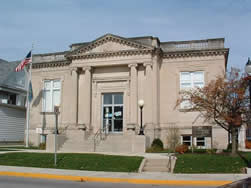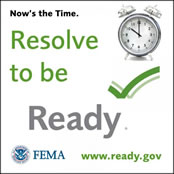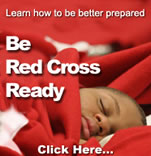As a native of Bluffton, IN, Dr. Huggins is proud to serve the area he grew up in. Orthopedic spine surgery blends his interests in individualized patient care, technological innovation and biomechanics. His practice includes treatment of cervical, thoracic and lumbar spine conditions.
When Dr. Huggins is not taking care of patients you can find him spending time with his wife and two children, working in the yard, on the golf course or rooting for Indiana University athletics. He has participated in medical missions work in Kenya and Honduras. He currently has the honor of serving as the Health Officer for Wells County.
EDUCATION
Undergraduate - Indiana University (Bloomington, IN)
Medical School Indiana University School of Medicine (Fort Wayne, IN)
Residency - Greenville Health System (Greenville, SC)
Fellowship OrthoCarolina Spine Center (Charlotte, NC)





